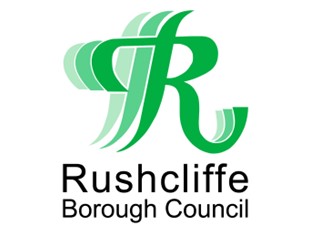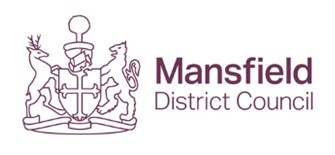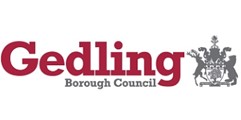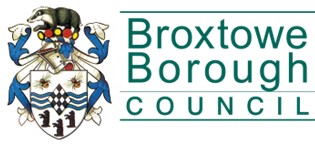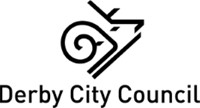One of my biggest frustrations when dealing with Whitehall is the lack of understanding of where the East Midlands is, the size of Derbyshire and Nottinghamshire, its economic significance and its key role in driving the UK economy, whether it’s the Northern Powerhouse, the London Bubble or the Midlands Engine.
Whether it’s Arkwright and the first Industrial Revolution, coal mining and power supply through the last century or being at the forefront of innovation lead economic growth now, we have had consistently, in making our case to Government for devolution and other resources, to remind them of our location and scale. Our proximity to Manchester, our close working with the Sheffield City Region, our connectivity north south, Midland Mainline, East Coast Line, the M1 and A1 and east – west, the A628 and the trans Pennine are but a few of the ways in which our area contributes to the rest of England and the UK.
D2N2 is in its own right – a major economic force.
When ranked with the eight other Core City Devolution Deal areas of Greater Manchester, Liverpool City Region, the North East, The Sheffield City Region, Bristol, the West Midlands and West Yorkshire and the Tees Valley, we have the highest proportion of jobs in manufacturing (13.3%). We are the second largest area (to the North East) (at 4780 km2); we have the 2nd highest employment rate, (at 72.5%), the 4th largest population (at 2.1million) and significantly, the fourth largest GVA at about £42billion a year.
There can be no doubt that D2N2 is an economic powerhouse, our key transport links and our excellence in manufacturing and our universities and FE Institutions continue to make Derbyshire and Nottinghamshire – which are at the forefront driving the economy of the UK -, hugely significant in delivering increases in productivity and a rebalancing of the UK economy.
The challenge is that like most of the UK, we are not are not a single city region. Our counties and smaller cities are significant and important as well as our core city. However, this should be a strength not a challenge. D2N2 provides not only delivers at a scale that exceeds most other places bit also provides the blueprint of how to deliver economic growth across the rest of England.
Area | Population | Aged 16 – 64 | Area (Ha) | length of roads (miles) | number of settlements | GVA | % jobs in manufacturing | Employment rate | Emp rate exc students |
Derbyshire and Nottinghamshire Combined Authority | 2,147,900 | 1,363,300 | 478,412 | 7470.87 | 206 | 41,260 | 13.3 | 72.5 | 76.9 |
D2N2 rank (out of 9) | 4 | 4 | 2 | 2 | 1 | 4 | 1 | 2 | 2 |
Greater Manchester Combined Authority | 2,732,900 | 1,758,500 | 127,603 | 5709.24 | 14 | 56,265 | 8.8 | 69.4 | 74.2 |
South Yorkshire Combined Authority | 1,365,800 | 872,100 | 155,153 | 3778.69 | 51 | 22,560 | 11.0 | 70.3 | 74.2 |
West Midlands Combined Authority | 2,808,400 | 1,773,200 | 90,164 | 4878.10 | 10 | 55,686 | 11.5 | 64.5 | 70.9 |
West Yorkshire Combined Authority | 2,264,300 | 1,445,300 | 202,927 | 5977.05 | 70 | 46,237 | 11.3 | 70.8 | 75.7 |
Bristol Combined Authority | 1,104,200 | 712,300 | 132,608 | 3053.23 | 78 | 29,309 | 6.6 | 77.4 | 81.8 |
Liverpool Combined Authority | 1,517,500 | 969,000 | 72,398 | 3438.02 | 17 | 27,002 | 8.5 | 66.4 | 71.0 |
North East Combined Authority | 1,952,500 | 1,246,300 | 777,913 | 8223.95 | 148 | 33,934 | 11.2 | 69.2 | 73.7 |
Tees Valley Combined Authority | 666,200 | 417,000 | 79,404 | 1866.79 | 30 | 11,441 | 9.5 | 68.0 | 72.1 |
Sources:
2014 Mid-Year estimates
2011 Census
2014 DfT Road Length data
2011 Built up Areas
2013 GVA
2014 Business Register and Employment Survey
Annual Population Survey Jul 2014-Jun 2015












